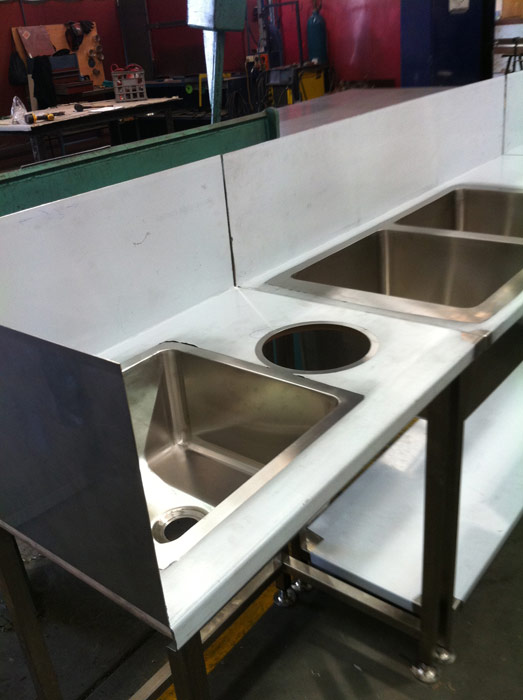Guillotining vs. Laser Cutting: Which is Right for Your Metal Fabrication Project?
Blog | August 12th, 2024
Learn about Guillotining vs. Laser Cutting for your metal fabrication project. Discover which method suits your needs best with McKean’s Sheetmetal Fabricators.
Guillotining is a popular metal cutting technique that uses a heavy-duty blade to shear through the material, known for its speed and affordability. Laser cutting, on the other hand, utilises a high-energy laser beam to create precise and clean cuts, offering exceptional accuracy and versatility. Understanding these differences will help you determine the ideal approach for achieving optimal results with McKean’s Sheetmetal Fabricators in Australia.
Guillotining
Guillotining is a traditional metal cutting technique that uses a large, heavy-duty blade to shear through the material. This method is known for its speed and affordability, making it a popular choice for high-volume production runs.
Advantages of Guillotining
• Cost-Effectiveness: Guillotining is generally more cost-effective for simpler shapes and thicker materials compared to laser cutting.
• Speed: It is particularly efficient for straight cuts, making it faster than laser cutting for such applications.
• Thickness Capability: Guillotines can handle thicker materials (up to several millimetres) with ease, making them suitable for heavy-duty applications.
• Suitability for Large Volumes: If your project involves high-volume production of simple shapes, guillotining can be highly efficient.
Laser Cutting
Laser cutting, on the other hand, uses a high-energy laser beam to melt and vaporise the metal, creating precise and clean cuts. This technology has become increasingly popular in the metal fabrication industry due to its exceptional accuracy and versatility.
Advantages of Laser Cutting
• Precision: Laser cutting can produce extremely accurate and consistent cuts, with minimal variation in the finished edges.
• Intricate Designs: The laser’s ability to follow complex, non-linear cutting paths allows for the creation of intricate, detailed designs.
• Minimal Deformation: Laser cutting generates very little heat, resulting in minimal deformation or burring of the cut edges, reducing the need for post-processing.
Choosing the Right Cutting Method for Your Project
When deciding between guillotining and laser cutting for your metal fabrication project, consider the following factors such as project requirements. Evaluate the complexity of your design, the required level of precision, and the thickness of the metal you’ll be working with.
Also, consider the production volume. If you have a high-volume project, the speed and cost-effectiveness of guillotining may be more suitable. For lower-volume, high-precision work, laser cutting may be the better choice. Lastly, weigh the upfront and ongoing costs of the equipment, as well as the potential for additional finishing work required.
Tailor Your Metal Fabrication Project to Your Needs
The choice between guillotining and laser cutting will depend on the specific needs of your project and your fabrication capabilities. McKean’s Sheetmetal Fabricators have the expertise and equipment to handle both cutting methods, ensuring that your metal fabrication project is completed to the highest standards. Whether you need high-volume production with straight cuts or intricate designs with precise edges, we can help you choose the right method tailored to your project requirements.
Optimized by NetwizardSEO.com.au
